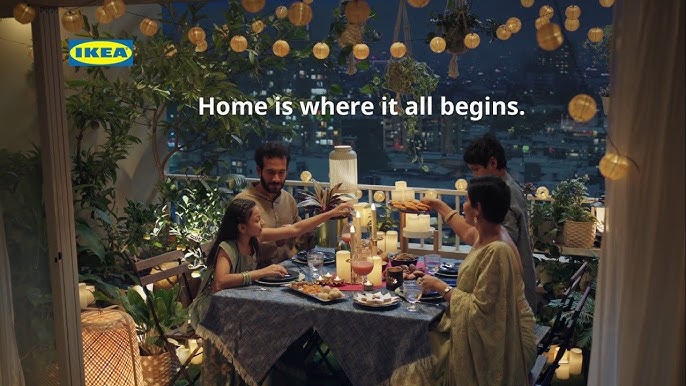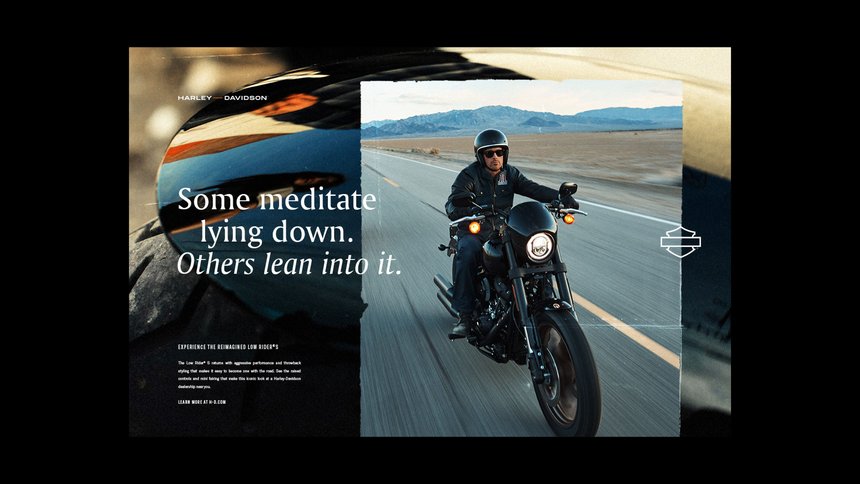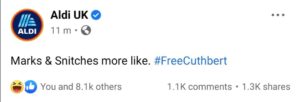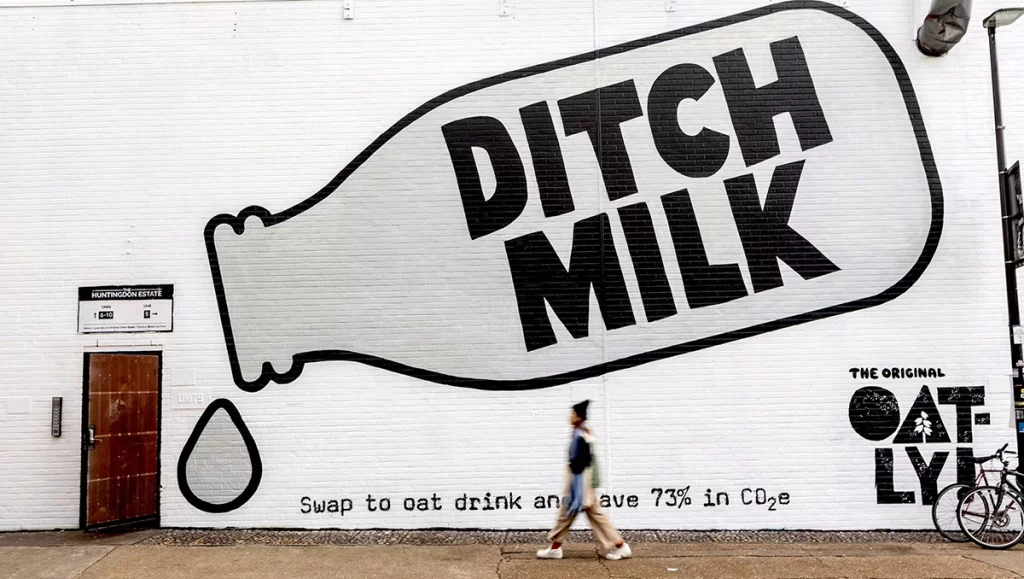Introduction.
If you’ve ever heard someone use “brand personality” and “tone of voice” interchangeably, you’re not alone. These two concepts are often lumped together in creative briefs, brand workshops, and internal guidelines – but they’re not the same.
Understanding the distinction matters. Why? Because muddled thinking leads to muddled messaging. Whether you’re building a brand from the ground up or tightening up your tone across channels, getting this right brings clarity, consistency, and confidence to your marketing.
So, let’s break it down: what’s the difference, how do they work together, and how can you apply both with precision?
What is brand personality?

Think of brand personality as the human characteristics your brand would have if it came to life. It’s the emotional essence that shapes how your brand shows up in the world – and how people feel about it.
Would your brand be bold and cheeky, or calm and thoughtful? Rebellious or refined? Your brand personality sets the tone for how people relate to you – just like they do with actual humans.
It’s typically made up of a set of traits (e.g. playful, confident, nurturing) and should remain stable over time. A strong brand personality helps your audience recognise and remember you, even in a crowded market.
In short: brand personality is the ‘who’ behind your brand.
What is tone of voice?
If personality is who you are, tone of voice is how you express that personality in different contexts.
Tone of voice is the style, language, and attitude your brand uses in written and spoken communication. It flexes based on the channel, audience, or message – but it should always reflect the underlying brand personality.
Think of it like this: a friendly person might speak differently at a job interview than they would at the pub, but you’d still recognise them. The same goes for brands.
For example, a brand with a warm personality might sound upbeat on social media, supportive in customer service, and empathetic in crisis comms – all while staying true to its core identity.
In short: tone of voice is the expression of your brand personality, shaped by context.
Examples in action.
To make this distinction clearer, let’s look at three brands who get it right.
Aldi
- Brand personality: Playful, confident, cheeky challenger.
- Tone of voice: Humorous, irreverent, and self-aware — especially on social media.
- How it works: Aldi’s social accounts are famous for witty comebacks and tongue-in-cheek campaigns (like playfully mocking competitors or trending memes). Their tone makes a discount supermarket feel bold, modern, and likeable.
Post on X from Aldi UK
Harley-Davidson
- Brand personality: Rebellious, rugged, independent.
- Tone of voice: Strong, gritty, and liberating.
- How it works: Harley’s campaigns talk about freedom and individuality in a bold, no-nonsense style, reinforcing their outlaw heritage and appeal to riders who value self-expression.
IKEA
- Brand personality: Practical, approachable, democratic.
- Tone of voice: Simple, friendly, and helpful.
- How it works: From catalogues to store signage, IKEA’s copy is plain and functional but with warmth — making design and home improvement feel accessible to everyone.
Each of these brands has a strong, consistent personality – and they flex their tone to suit the situation while staying recognisably them.

Ikea Campaign Graphic
A simple framework: is it personality or tone?
When in doubt, use this quick check:
Ask yourself...
You're dealing with...
Ask yourself...
“What human traits define our brand?”
“Do we stay the same across time?”
“Would our audience describe us this way?”
You're dealing with...
Ask yourself...
“How should we sound in this situation?”
“Do we adapt slightly by context?”
“Is this how we speak, write or behave?”
You're dealing with...
This distinction is crucial when building brand guidelines or coaching teams. Confusing the two can result in tone that’s inconsistent, off-brand, or ineffective.
Best practice tips: Applying both effectively.
Whether you’re a solo marketer or leading a team, here’s how to apply brand personality and tone of voice in sync:
1. Start with a clear personality
Define 3–5 core traits. Test them with your team. Ask: “Would we want people to describe us this way?” Personality should be memorable and distinctive.
2. Create tone-of-voice principles
Translate personality into guidance that works in real-world situations. For example:
- Personality trait: Confident
- Tone principle: “We avoid hedging language – we state things clearly and directly.”
3. Tailor tone to the channel
Your Instagram Stories and investor reports won’t sound the same – and that’s okay. Adapt your tone while staying rooted in your core personality.
4. Use real examples
Show what good (and bad) looks like in your guidelines. Pull in actual tweets, emails or web copy so everyone knows how to apply the tone.
5. Train your team
Consistency doesn’t happen by accident. Host workshops, provide templates, and give feedback. Make tone part of your creative culture, not just a PDF.
Takeaway.
Understanding the difference between brand personality and tone of voice gives marketers sharper tools for building trust, standing out, and scaling their message. Brand personality is who you are – tone is how you express that personality across contexts.
The best brands don’t just say the right things – they say them in a way that feels unmistakably them. For marketers, the challenge is to define your brand’s core traits clearly, then let them guide your voice everywhere you show up. Clarity creates consistency – and consistency builds connection.





